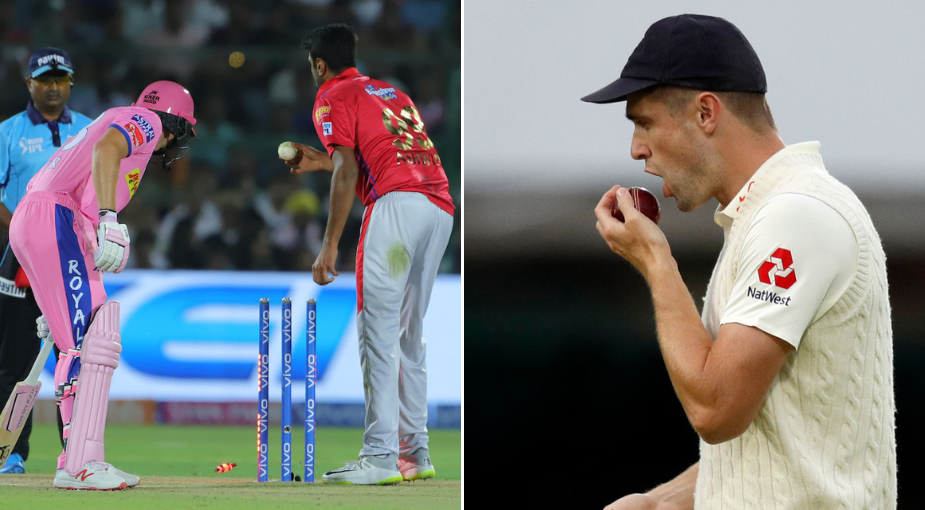
The International Cricket Council (ICC) on Tuesday introduced a fresh set of rules that are set to significantly impact the game. All these rules will come into effect from October 1, 2022. The ICC announced several changes in its playing conditions after the Chief Executives Committee (CEC) meeting led by BCCI Chief Saurav Ganguly.
“It was an honor chairing my first meeting of the ICC Cricket Committee,” Ganguly said. “I was pleased with the productive contribution of the Committee members which resulted in key recommendations being made. I thank all members for their valuable input and suggestions.”
During this meeting, the third revised edition of the Cricket Laws of 2017 of the MCC was discussed. The Women’s Cricket Committee also received a copy, and they agreed with the suggestions made to the CEC.
There are a total of eight new rules brought in by ICC, These changes in rules deal with a number of current cricket-related problems, including the saliva-ban, mankading, sluggish over-rat, and many others
New ICC New Rules
1. Saliva ban
ICC banned the usage of saliva to polish or shine the cricket ball. The long-standing practice had been discontinued for the first time in 2020 due to the COVID-19 crisis. The players will not be permitted to use saliva on the ball to create swings as the ban is now scheduled to go into effect permanently. The players might keep utilizing sweat in place of saliva to polish the ball.
2. New batter will take the strike in case caught out
The new batsman on the field will take the strike if a batsman is caught out. Even if the outgoing batsman and the fellow batsman standing at the other end have crossed each other on the pitch. In the event of a new batsman at the crease, the ICC said, ‘When a batsman is out, the new batsman will be on the same end where the batsman who was dismissed was to be on the next ball.’
3. ‘Mankad’ not unfair
The ICC has removed the run out of a ‘non-striker’ at the bowler’s end from the category of ‘unfair play’ and put it in the ‘run out’ category. It was previously considered inappropriate to run out a non-striker during the game, and such an action has been debated several times. Many players like Indian off-spinner Ravichandran Ashwin supported this. In such a case, the batsman will now be considered run out.
4. Time limit for incoming batter
In both ODIs and Tests, the batsman will only be given two minutes to settle down and take the strike. The 90 seconds rule in T20Is will remain intact.
5. Bowler throwing the ball at the striker’s end
A bowler is not permitted to try to run out a batter on the striker’s end if the batter is moving down the wicket before the bowler’s delivery stride, according to the new rule. The bowler was previously allowed to attempt a run-out but it will now be considered a dead ball.
6. Striker’s right to play the ball
While facing a delivery, a batter will need to retain a portion of their bat or their body inside the pitch. It will be called a dead ball if the batsman is standing beyond the pitch. Any delivery which forces the batter to leave the pitch will also be called a no-ball.
7. Five runs penalty on unfair fielding movement
Any attempt to distract the batter by the fielding side with an unfair or deliberate movement while the bowler is running in to bowl the delivery will result in a five-run penalty. The delivery will be ruled a dead ball and the batting team will be given five runs.
8. Slow over rate will also be fined in ODIs
In another major decision, the ICC announced that the penalty for keeping a fielder short outside the 30-yard circle if the over rate is slow in T20 will now be implemented in ODIs as well. The ICC said, ‘The penalty given during the match for slow over-rate will now be implemented in ODIs as well. However, this rule will come into force after the ICC Men’s World Cup Super League 2023.





